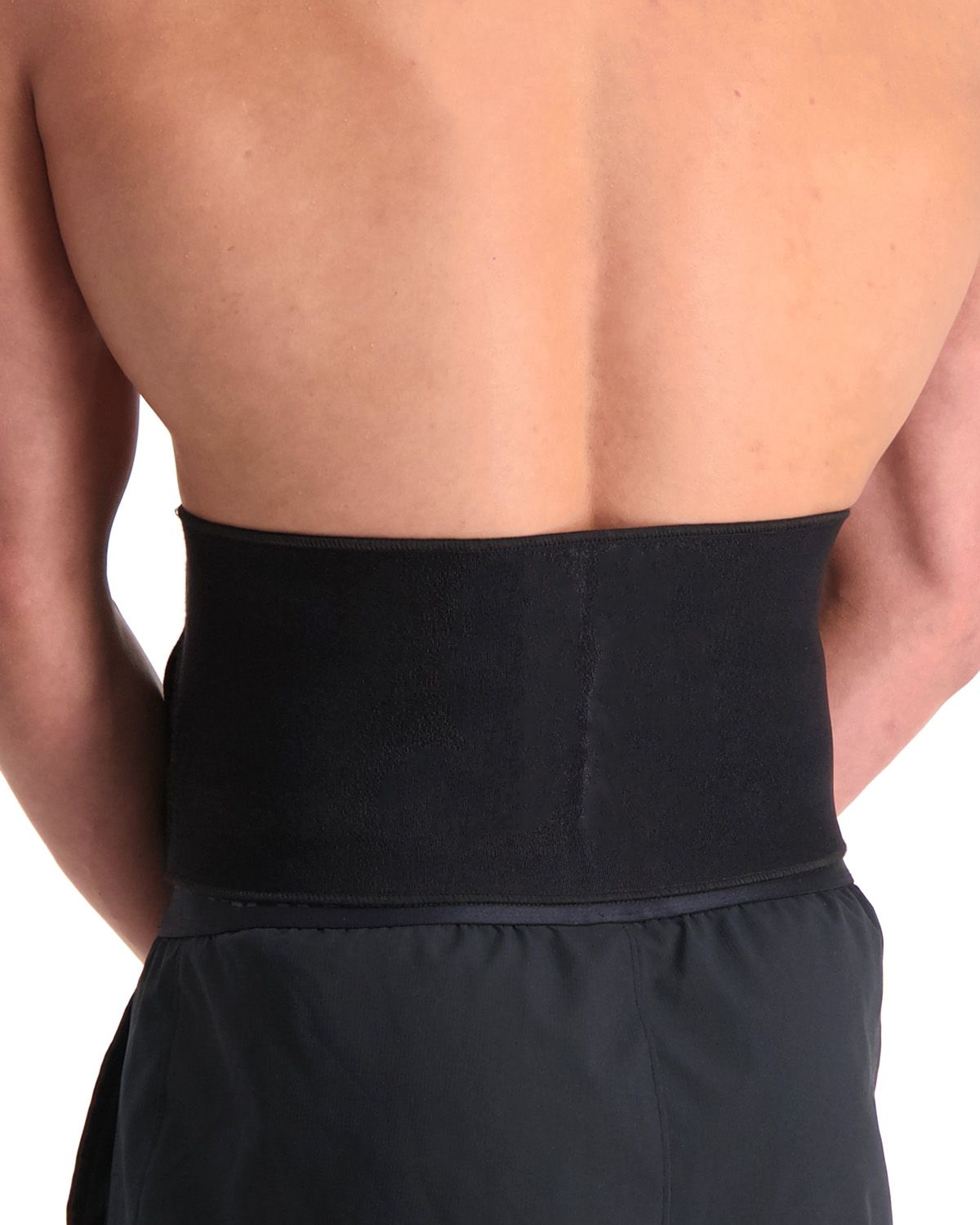Lumbago in lower back
Lumbago is a form of back pain that comes on suddenly. It causes intense pain in the lower back, which may also radiate to the upper legs. Curious to know more, including the causes and treatment? Read on as we explain everything you need to know.
The cause of lumbago
Lumbago is the most common type of lower back pain. It is now often referred to as "non-specific back pain." It typically occurs after a specific movement such as bending, lifting, or twisting. You may also experience it upon getting out of bed in the morning. The pain often worsens with movement and can radiate to the buttocks and upper legs.
Symptoms of lumbago in the lower back
Symptoms of lumbago can vary from person to person. However, there are several common signs that are often experienced:
- Severe, acute pain in the (lower) back
- Sharp stabbing pain
- A stiff feeling in the back
- Radiating pain to the buttocks and/or upper legs
- Difficulty moving the lower back
- Pain is initially localized in the lower back but may shift to the left or right over time
Treatment
In most cases, lumbago symptoms resolve on their own. To speed up recovery, it's important to stay active despite the pain. Walking or cycling are good options, as these activities allow for movement without putting too much strain on the back. It is also important to avoid sitting in the same position for too long, as this can stiffen the muscles and worsen the symptoms. Specific exercises can also help reduce back pain.
Additionally, wearing a back brace can help relieve back pain. A brace is a simple and accessible way to support the back joint while still allowing you to stay active without overloading it. However, we advise wearing a brace only while you are experiencing pain. Once your symptoms begin to improve, it’s best to stop using the brace so your back muscles can stay strong.

- Physiotherapist
- Sports podiatrist
- Manual therapist
- Podopostural therapist
- Myofascial dry needling specialist





